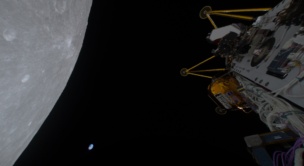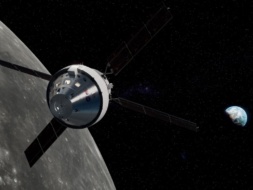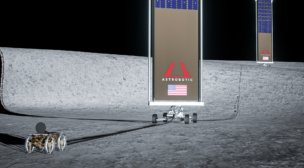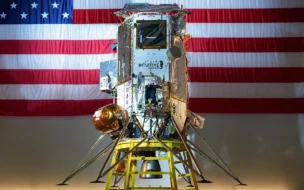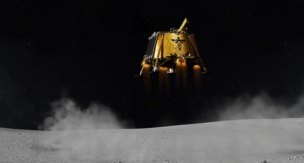Closing the Loop on Lunar Exploration: Material Return
Industry is working every day to establish a long-term, sustainable human presence on the lunar surface. But the challenge of creating a complete, end-to-end cislunar economy doesn’t end with touchdown—or even with setting up shop permanently on the surface. To close the loop, material from the Moon also has to make its way back to Earth.

